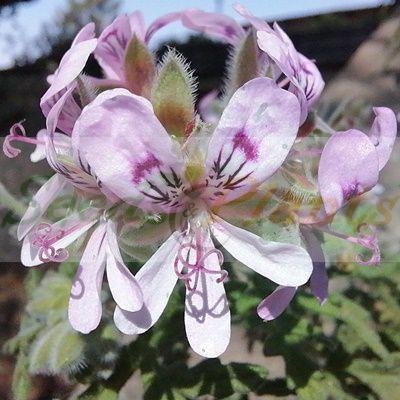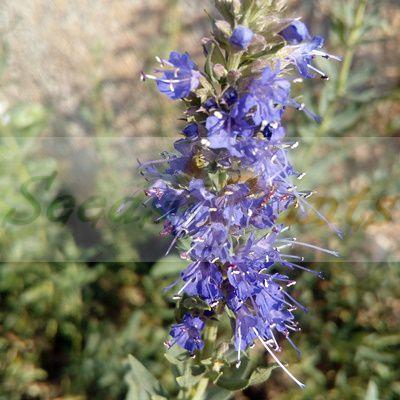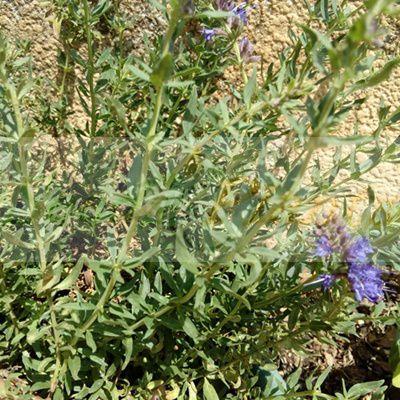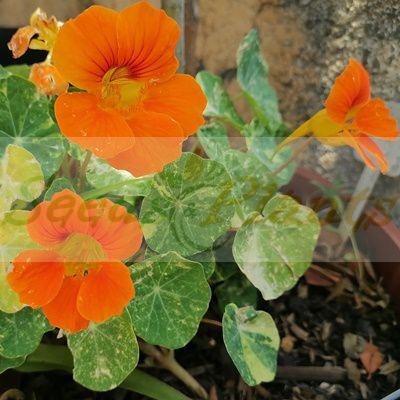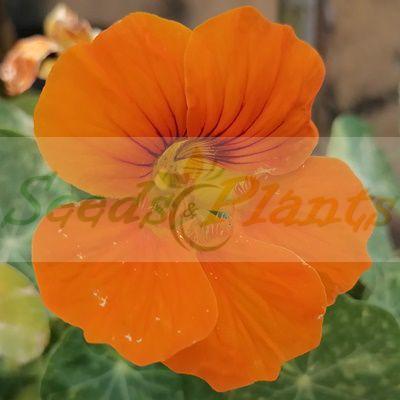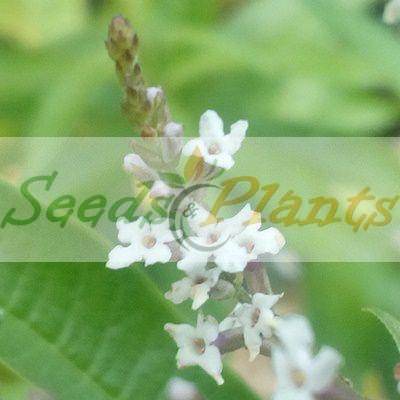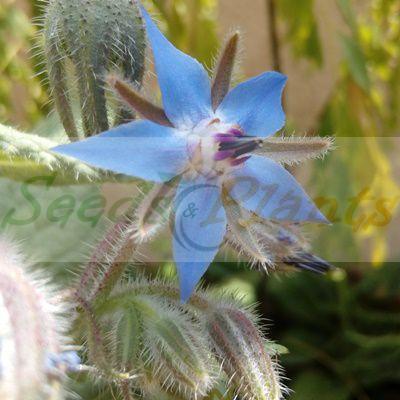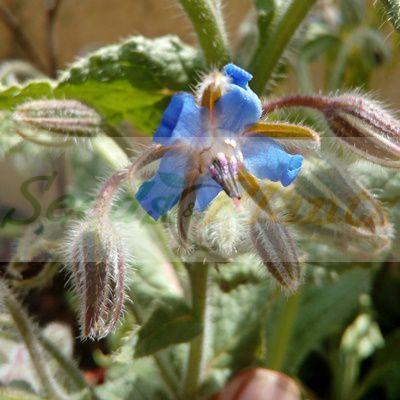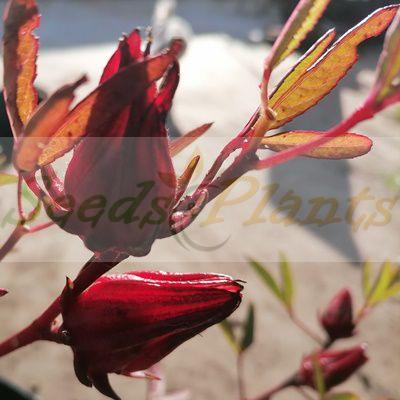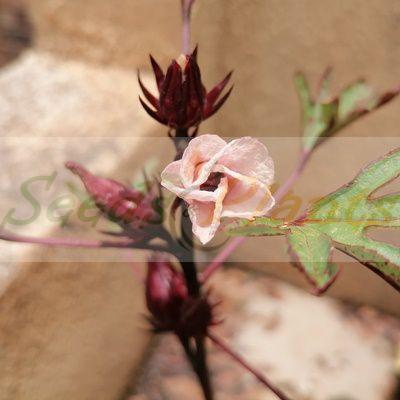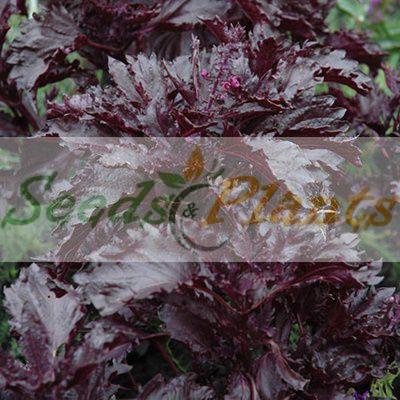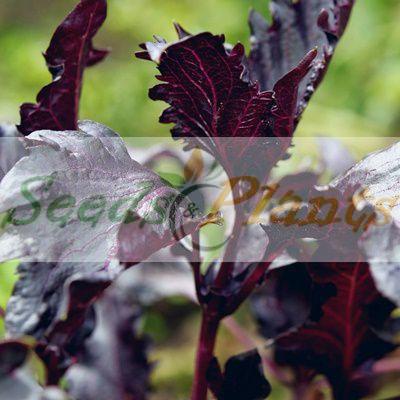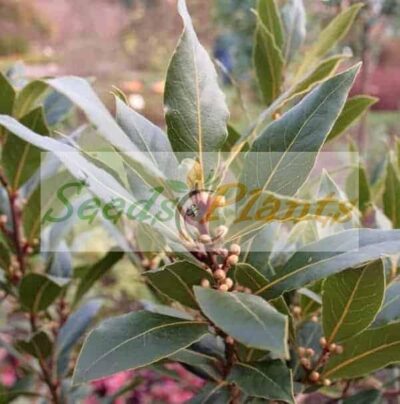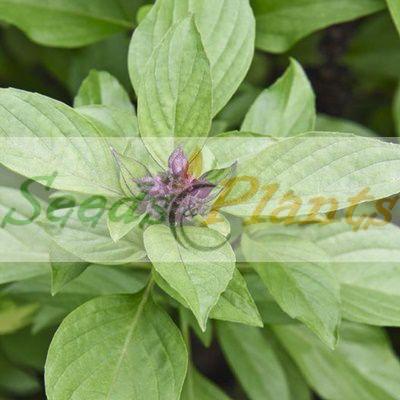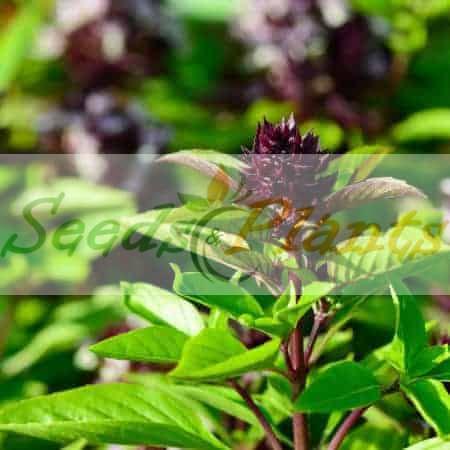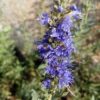🍃 Culinary Quick Facts
Culinary Info
- 🌍 Origin / Region: Central Asia, Middle East, Southern Europe
- 🍽️ Culinary Use: Beverages/Teas, Flavoring, Garnish, Liqueurs/Wines, Seasoning
- 🥗 Edible Part: Flower, Leaf
- 😋 Flavor Profile: Minty, Pungent, Slightly Bitter
Medicinal Info
- 🌿 Medicinal Part: Flower, Leaf
- 🍵 Herbal Preparation: Essential Oil, Extract / Tincture, Infusion / Tea
- ⚕️ Healing System: Ayurvedic System of Medicine, European Traditional Medicine, Unani System of Medicine
Growth Traits
- 🌱 Life Cycle: Perennial
- 🌾 Plant Type: Shrub
- 🦋 Pollinator Method: Attracts Bees, Attracts Butterflies, Attracts Moths
- 🪴 Growth Habit: Bushy, Compact, Upright
- 🌸 Flower Color: Violet
Growing Requirements
- 🌞 Sun Exposure: Full Sun
- 💧 Water Needs: Avoid Overwatering, Moderate Water, Water Deeply
- ☀️ Growing Conditions: Drought Tolerant, Heat Tolerant, Moderate Cold Tolerance, Moderate Frost Tolerance
- 🟤 Soil Preference: Loam, Moderately Fertile, Sandy, Well-Drained
Hyssop – 10 Seeds
(Hyssopus officinalis)
R30.00
It is an evergreen garden herb of the mint family (Lamiaceae), grown for its aromatic leaves and flowers. The plant has a sweet scent and a warm bitter taste. It has long been used as a flavoring for foods and beverages and as a folk medicine.
Common Names: Hyssop and Blue Hyssop.
Indoor Sowing: Late Winter and Early Spring.
Direct Sowing: Spring.
Only 2 left in stock
🍃 Culinary Quick Facts
Culinary Info
- 🌍 Origin / Region: Central Asia, Middle East, Southern Europe
- 🍽️ Culinary Use: Beverages/Teas, Flavoring, Garnish, Liqueurs/Wines, Seasoning
- 🥗 Edible Part: Flower, Leaf
- 😋 Flavor Profile: Minty, Pungent, Slightly Bitter
Medicinal Info
- 🌿 Medicinal Part: Flower, Leaf
- 🍵 Herbal Preparation: Essential Oil, Extract / Tincture, Infusion / Tea
- ⚕️ Healing System: Ayurvedic System of Medicine, European Traditional Medicine, Unani System of Medicine
Growth Traits
- 🌱 Life Cycle: Perennial
- 🌾 Plant Type: Shrub
- 🦋 Pollinator Method: Attracts Bees, Attracts Butterflies, Attracts Moths
- 🪴 Growth Habit: Bushy, Compact, Upright
- 🌸 Flower Color: Violet
Growing Requirements
- 🌞 Sun Exposure: Full Sun
- 💧 Water Needs: Avoid Overwatering, Moderate Water, Water Deeply
- ☀️ Growing Conditions: Drought Tolerant, Heat Tolerant, Moderate Cold Tolerance, Moderate Frost Tolerance
- 🟤 Soil Preference: Loam, Moderately Fertile, Sandy, Well-Drained
Hyssop (Hyssopus officinalis) is an evergreen sub-shrub herb of the mint family (Lamiaceae), grown for its aromatic leaves and flowers. The plant has a sweet scent and a warm bitter taste. It has long been used as a flavoring for foods and beverages and as a folk medicine.
It is a small perennial plant about 0.5m high. The narrow elliptical leaves are about 2 to 3 cm long and grow in pairs on the stem.
Medicinal Benefits
- A strong tea made of the leaves and sweetened with honey is a traditional remedy for nose, throat, and lung afflictions and is sometimes applied externally to bruises.
Culinary Uses & Other Uses
- In the Middle Ages, hyssop was a stewing herb. Its modern uses are for flavoring meats, fish, vegetables, salads, sweets, and such liqueurs as absinthe.
- The flowers attract bees and the honey made from hyssop pollen is considered especially fine.
- The leaves contain oil of hyssop, a volatile oil used by perfumers.
Growing Hyssop Officinalis
Indoor Sowing: Late Winter and Early Spring.
Direct Sowing: Spring.
- Sow seeds indoors just beneath the surface of the soil.
- Keep the soil consistently moist but not soggy during germination.
- Germination in about 14-21 days.
- Transplant out in the spring after the last frost.
- Space hyssop plants 30-45cm apart.
Can this plant be used for culinary purposes?
Hyssop is traditionally used for culinary purposes such as beverages/teas and flavoring.
Does this plant have medicinal uses?
Traditionally, Hyssop has a history of use in various healing systems, including Ayurvedic System of Medicine and European Traditional Medicine. Seeds are sold for cultivation purposes only.
Disclaimer
Medicinal Information:
All medicinal information on this website is for educational and informational purposes only and may not be construed as medical advice. The information is not intended to replace medical advice or treatment offered by healthcare professionals.
Seeds, Plants, Plant Cuttings, Geophytes and Dried Herbs:
In some countries and provinces, certain plants are deemed as invasive and are not allowed to be planted at all, whilst some plants are allowed to be grown only in certain areas or provinces. The onus is on you as the buyer to familiarize yourself with the regulations pertaining to your location, before purchasing any of our seeds, plants, plant cuttings, geophytes or dried herbs. We will not be held liable, should you purchase any seeds, plants, plant cuttings, geophytes or dried herbs. from us which are prohibited in your country or province.


